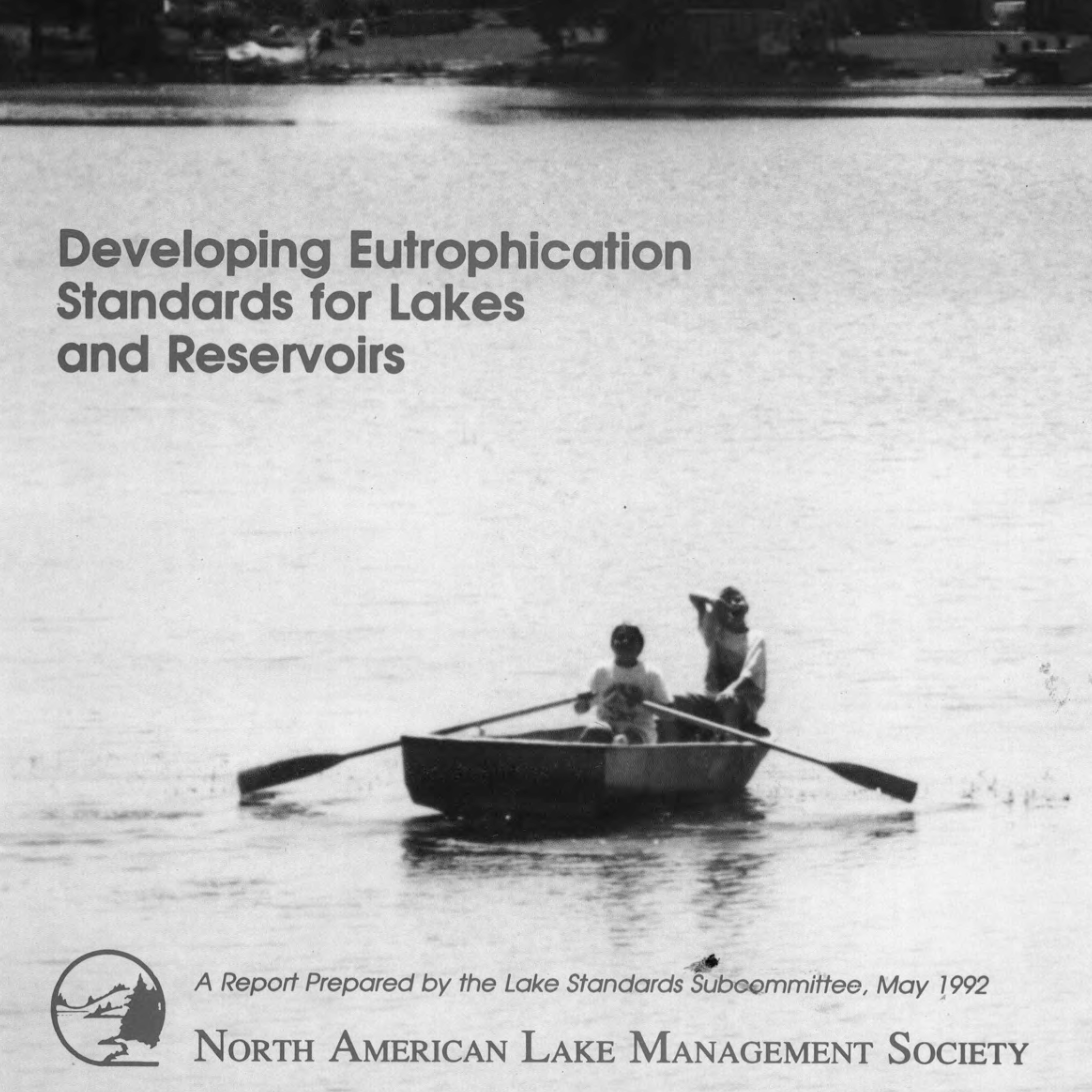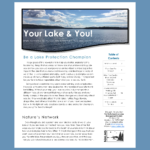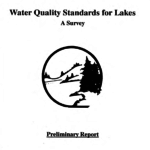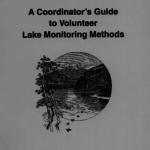Description
Executive Summary
Water quality standards and criteria are used by federal, state, and provincial government as tools to manage, protect, and guide the improvement of North America’s water resources. In most cases, these standards or criteria were intended to address the regulation of point source discharges to lotic waters (rivers). While many of these standards may be effectively applied to protect the quality of lakes and reservoirs, this is not always the case. In the case of eutrophication, the inherent differences between lotic water bodies and lantic water bodies (lakes and reservoirs) necessitate the development of separate standards for these two types of water systems. The basic difference is that lakes and reservoirs are more sensitive to nutrient loading than most rivers.
Purpose and Scope
The purpose of this document is to assemble and summarize information on eutrophication criteria and standards. The approaches of seven states (Vermont, Minnesota, Maine, Oregon, North Carolina, Virginia and Georgia), a regional water resource management agency and hydropower producer (Tennessee Valley Authority [TVA]), a Canadian province (British Columbia), and the International Joint Commission (IJC) serve as the primary basis for this document. The intent is to present a cross-section of approaches to the issue, identify similarities and differences among the approaches, and provide the reader with a summary of potential approaches for developing and implementing eutrophication criteria and standards.





